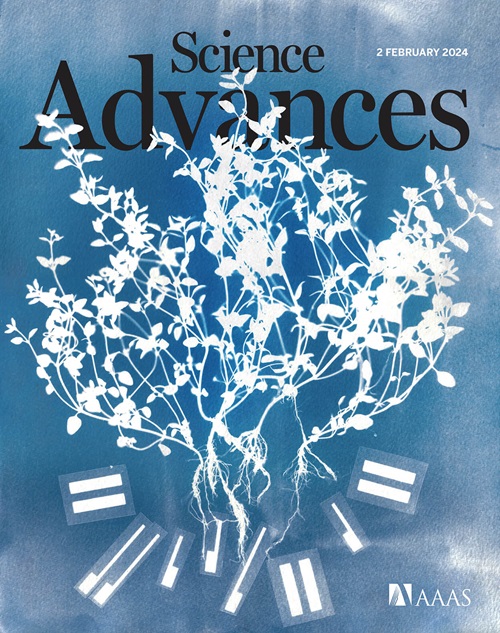Climate refugia in the Great Barrier Reef may endure into the future
IF 12.5
1区 综合性期刊
Q1 MULTIDISCIPLINARY SCIENCES
引用次数: 0
Abstract
Although global warming is leading to more frequent mass coral bleaching events worldwide, parts of the Great Barrier Reef (GBR) have consistently escaped severe coral bleaching. Modeling and satellite observations show that climate refugia are created by the upwelling of cooler water to the surface through the interactions of tides and currents with dense reef structures. Here, we use a high-resolution nested regional ocean model to investigate the future status of two relatively large refugia. On the basis of model projections under a high-emission scenario, we find that the upwelling mechanisms will stay active in a warming climate, and these regions are likely to remain approximately more than 1°C cooler than surrounding waters until at least into the 2080s, providing thermal relief to corals. Identification and protection of these refugia may help facilitate reef survival and related biodiversity preservation by allowing their corals time to acclimatize and adapt and ultimately provide source populations to replenish the rest of the reef.

大堡礁的气候避难所可能会持续到未来。
尽管全球变暖导致全球范围内更频繁的大规模珊瑚白化事件,但大堡礁(GBR)的部分地区一直没有出现严重的珊瑚白化。模型和卫星观测表明,气候避难所是由较冷的海水通过潮汐和洋流与密集的珊瑚礁结构的相互作用上涌到表面造成的。在这里,我们使用一个高分辨率的嵌套区域海洋模型来研究两个相对较大的避难所的未来状况。根据高排放情景下的模式预估,我们发现上升流机制将在气候变暖的情况下保持活跃,并且这些地区可能至少在2080年代之前保持比周围水域低约1°C以上,为珊瑚提供热缓解。识别和保护这些避难所可能有助于珊瑚礁的生存和相关的生物多样性保护,让珊瑚有时间适应和适应环境,并最终提供来源种群来补充珊瑚礁的其余部分。
本文章由计算机程序翻译,如有差异,请以英文原文为准。
求助全文
约1分钟内获得全文
求助全文
来源期刊

Science Advances
综合性期刊-综合性期刊
CiteScore
21.40
自引率
1.50%
发文量
1937
审稿时长
29 weeks
期刊介绍:
Science Advances, an open-access journal by AAAS, publishes impactful research in diverse scientific areas. It aims for fair, fast, and expert peer review, providing freely accessible research to readers. Led by distinguished scientists, the journal supports AAAS's mission by extending Science magazine's capacity to identify and promote significant advances. Evolving digital publishing technologies play a crucial role in advancing AAAS's global mission for science communication and benefitting humankind.
 求助内容:
求助内容: 应助结果提醒方式:
应助结果提醒方式:


